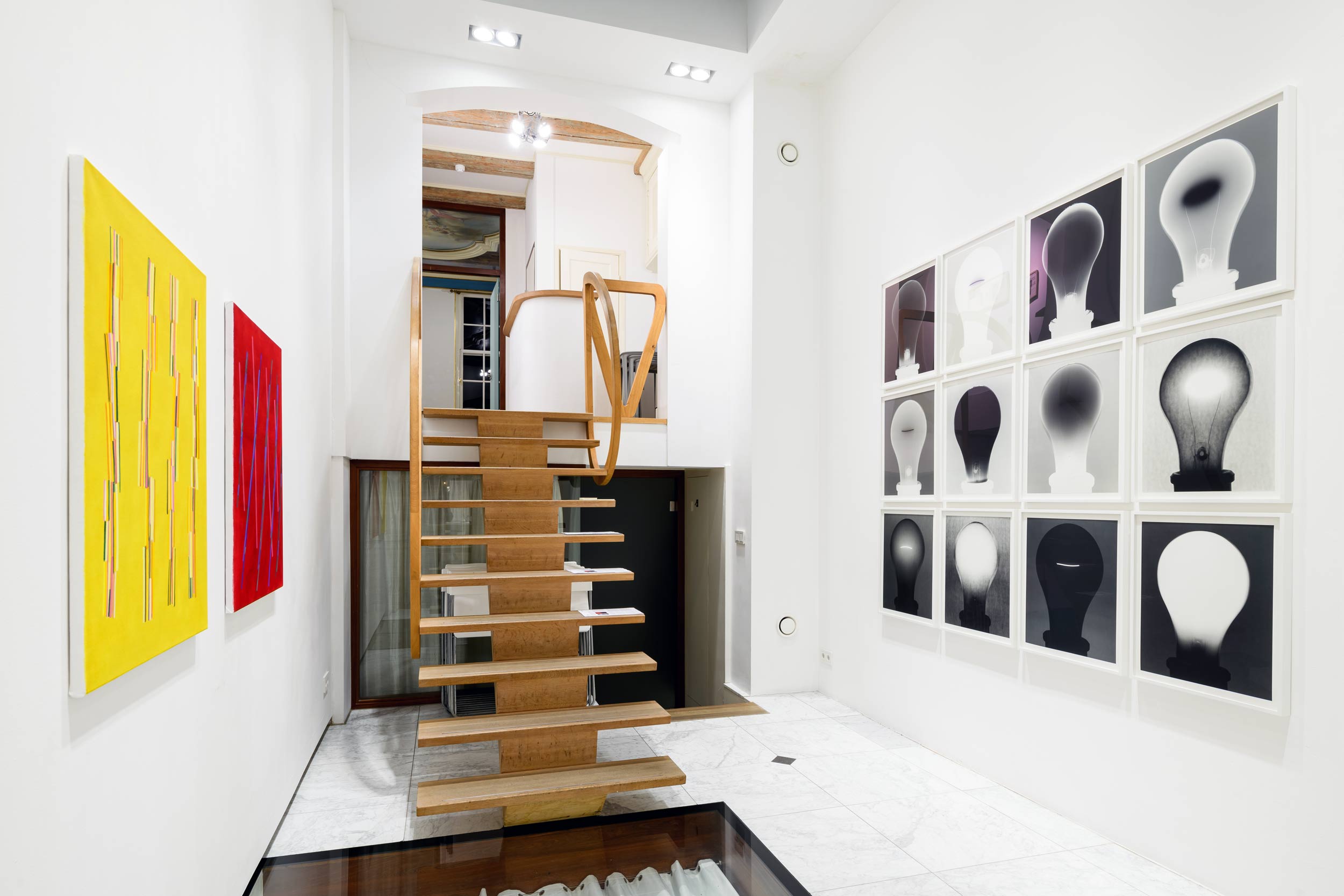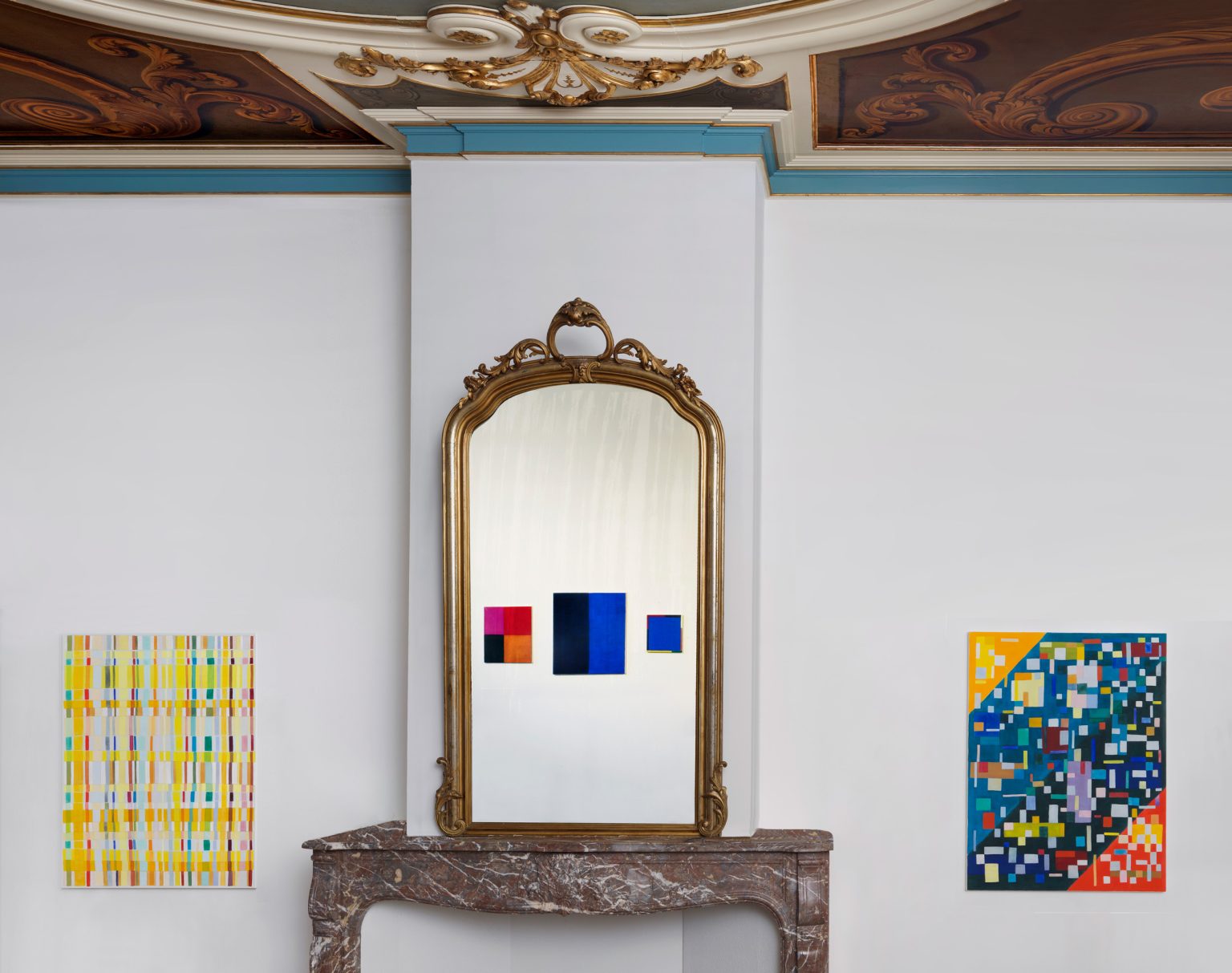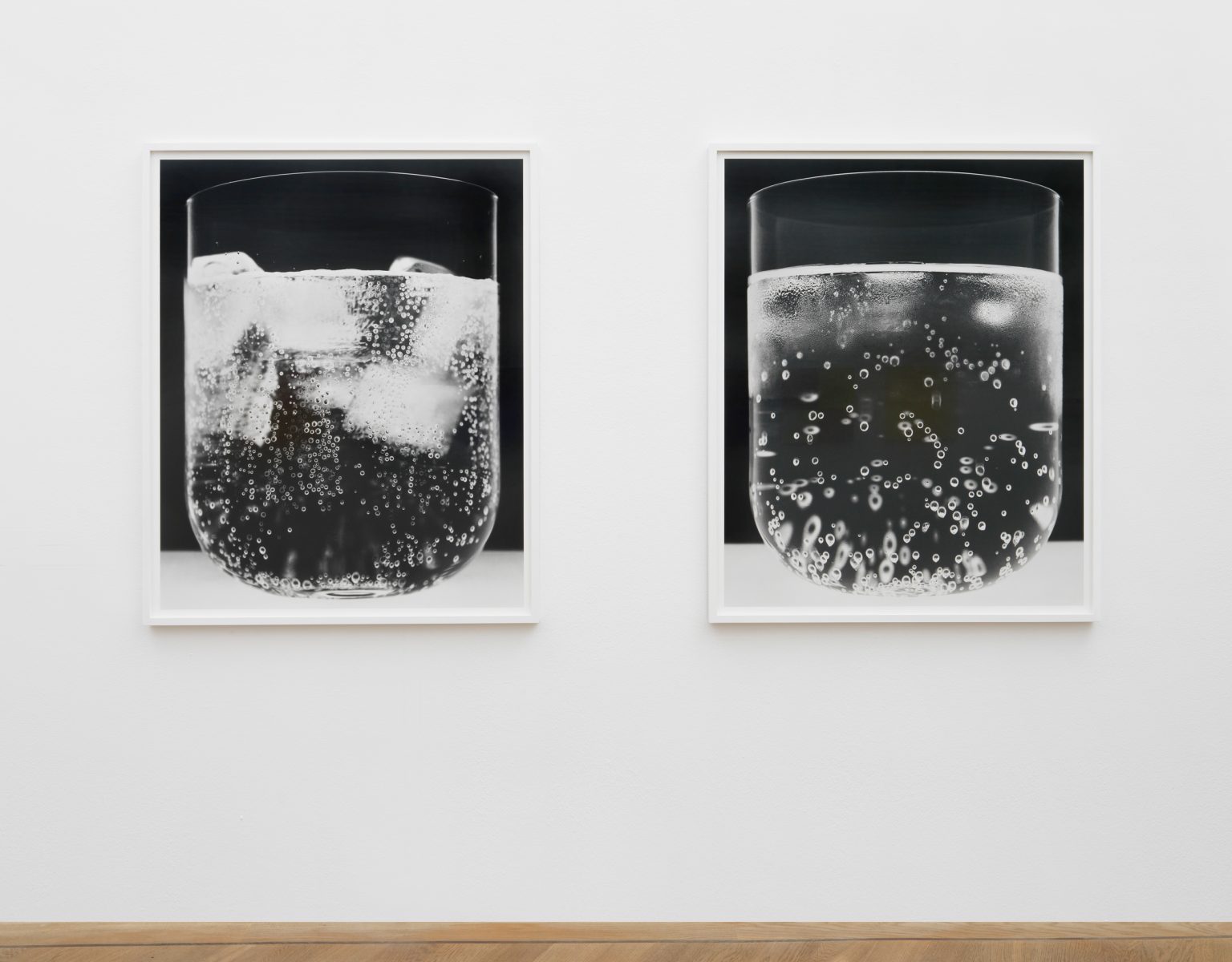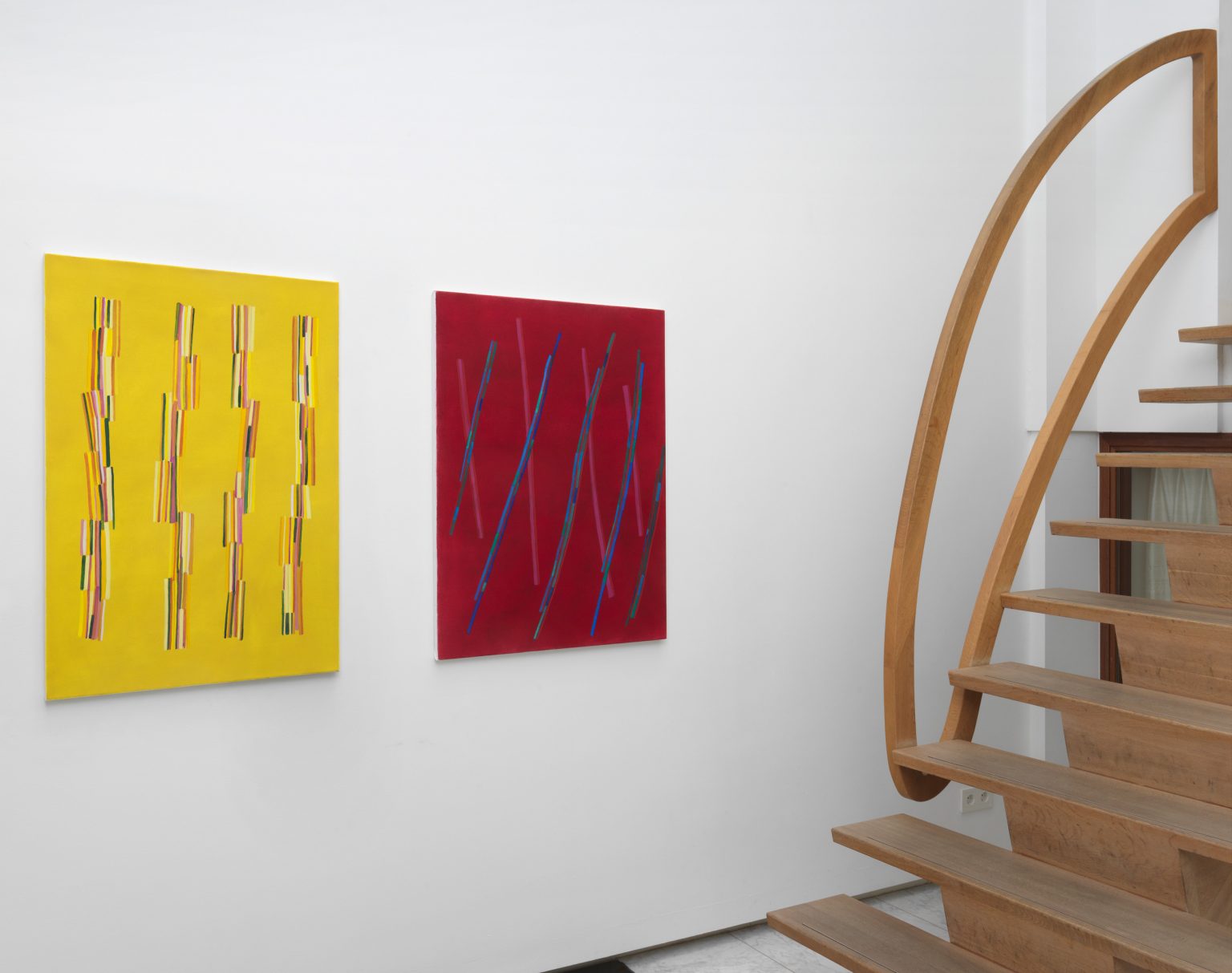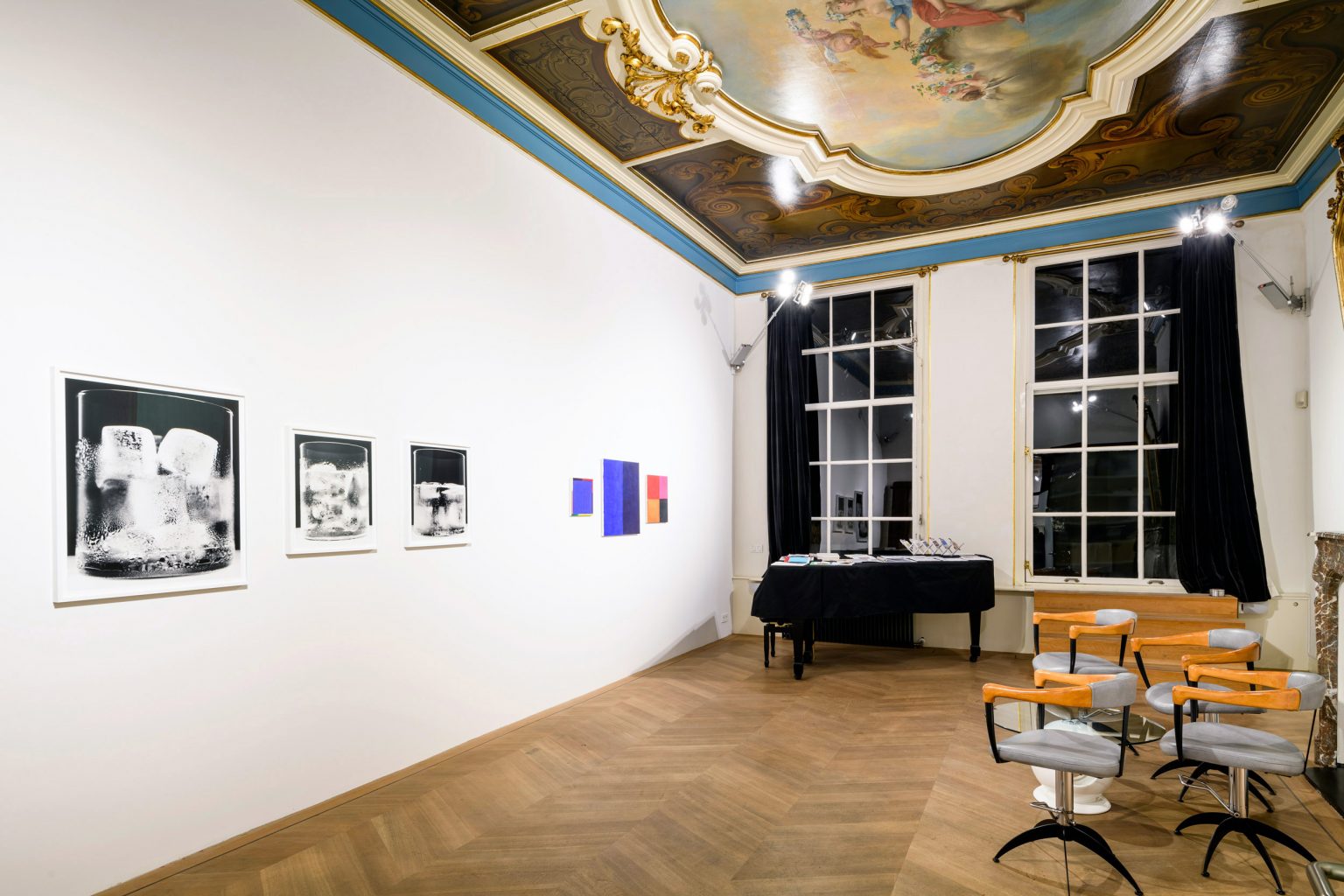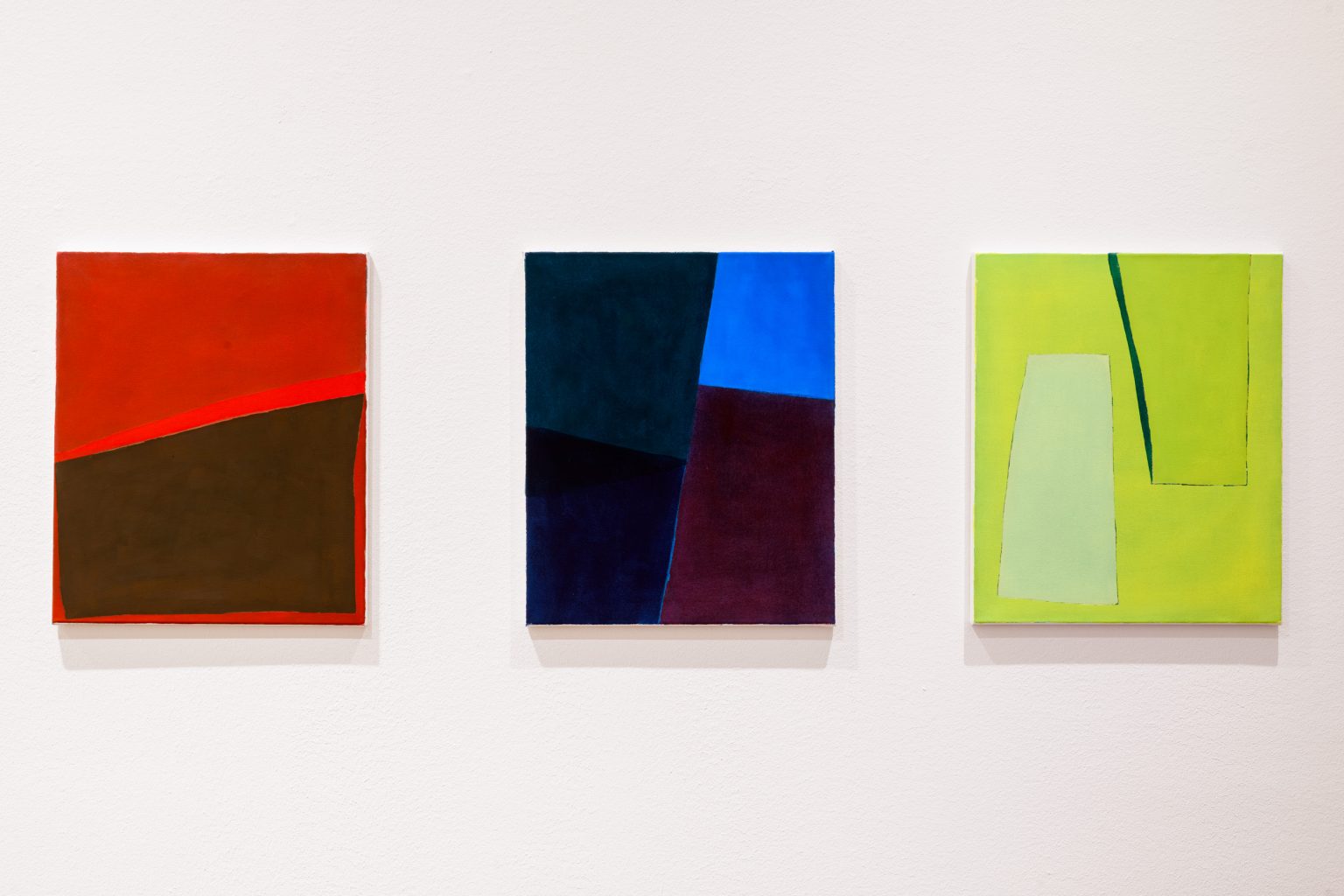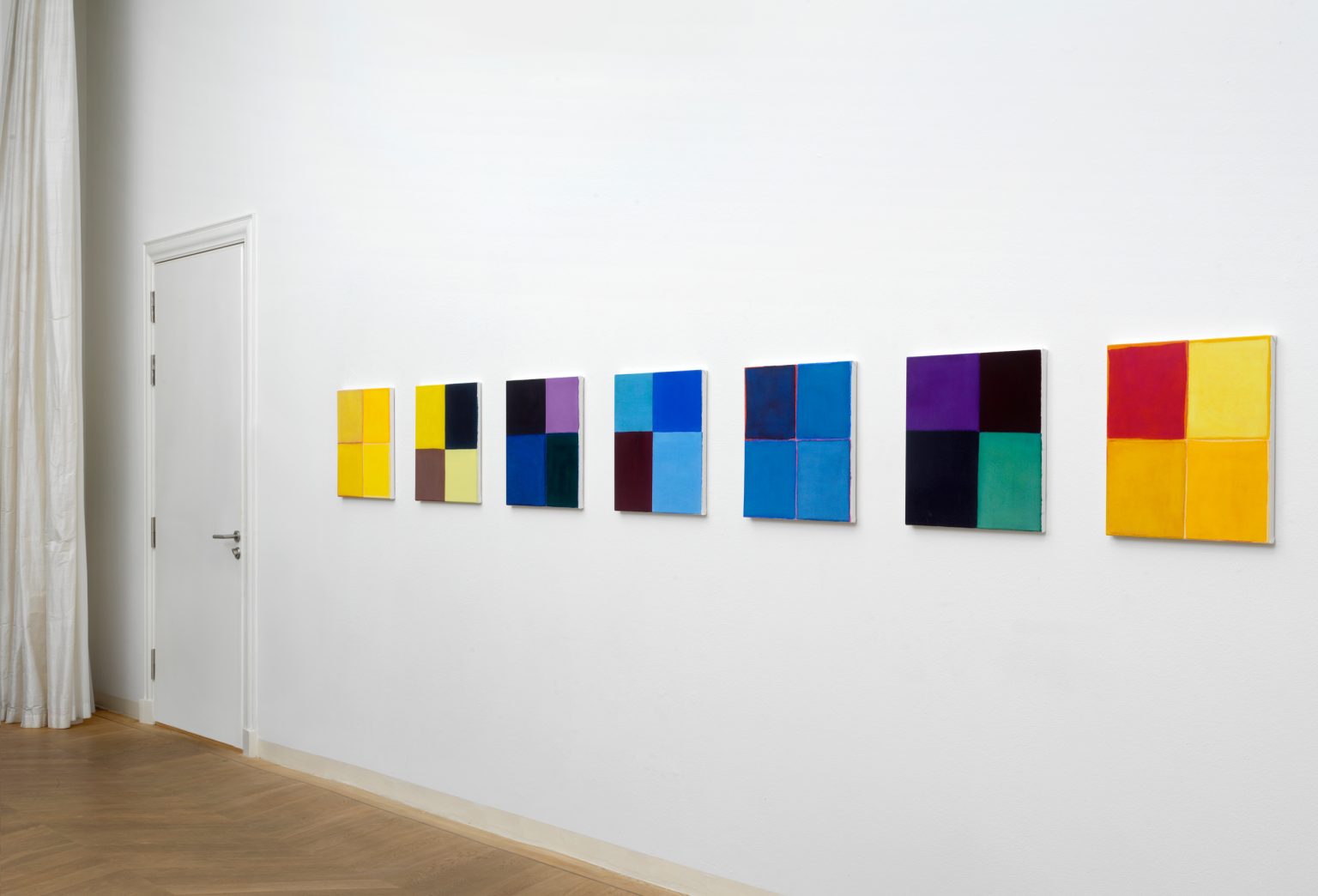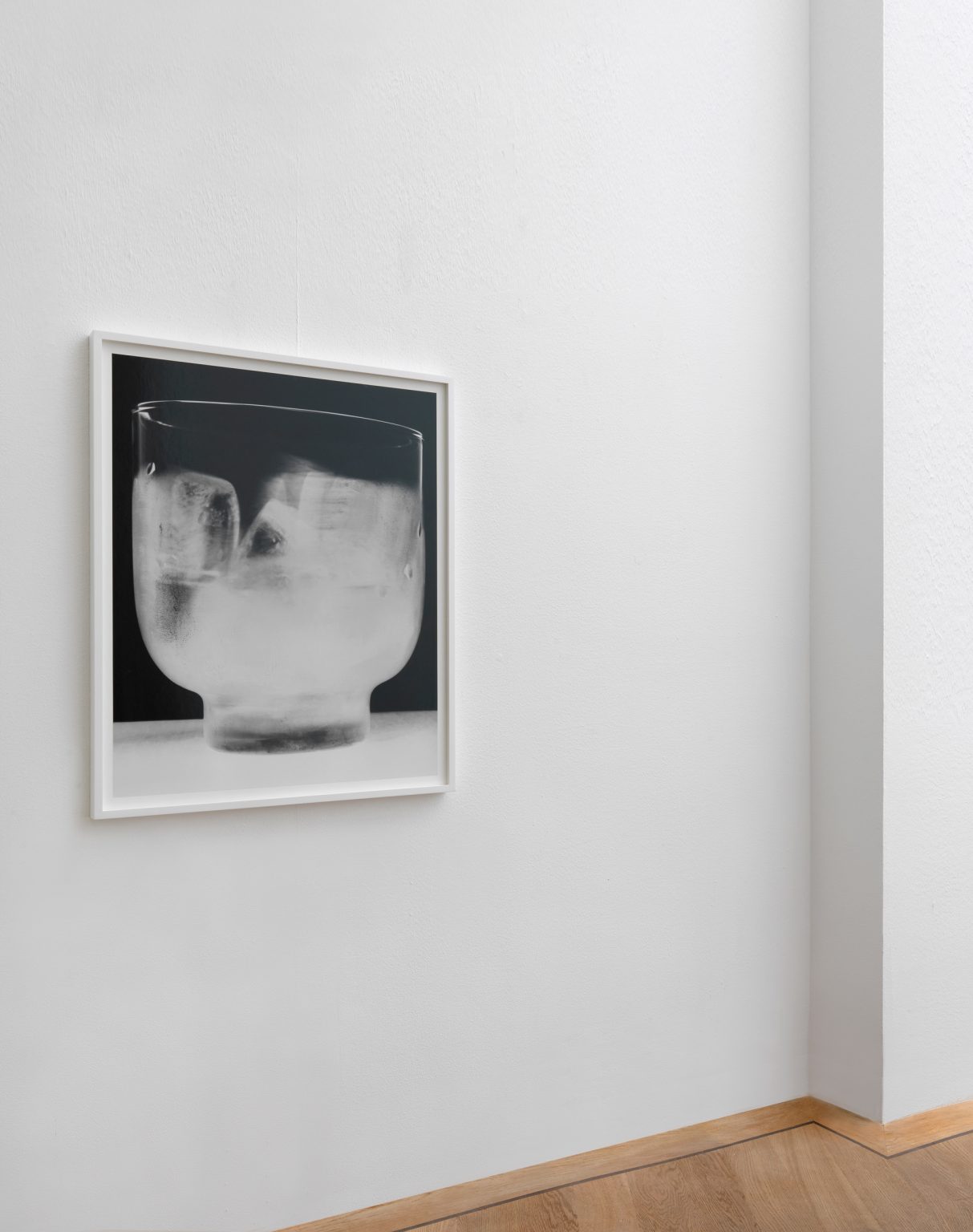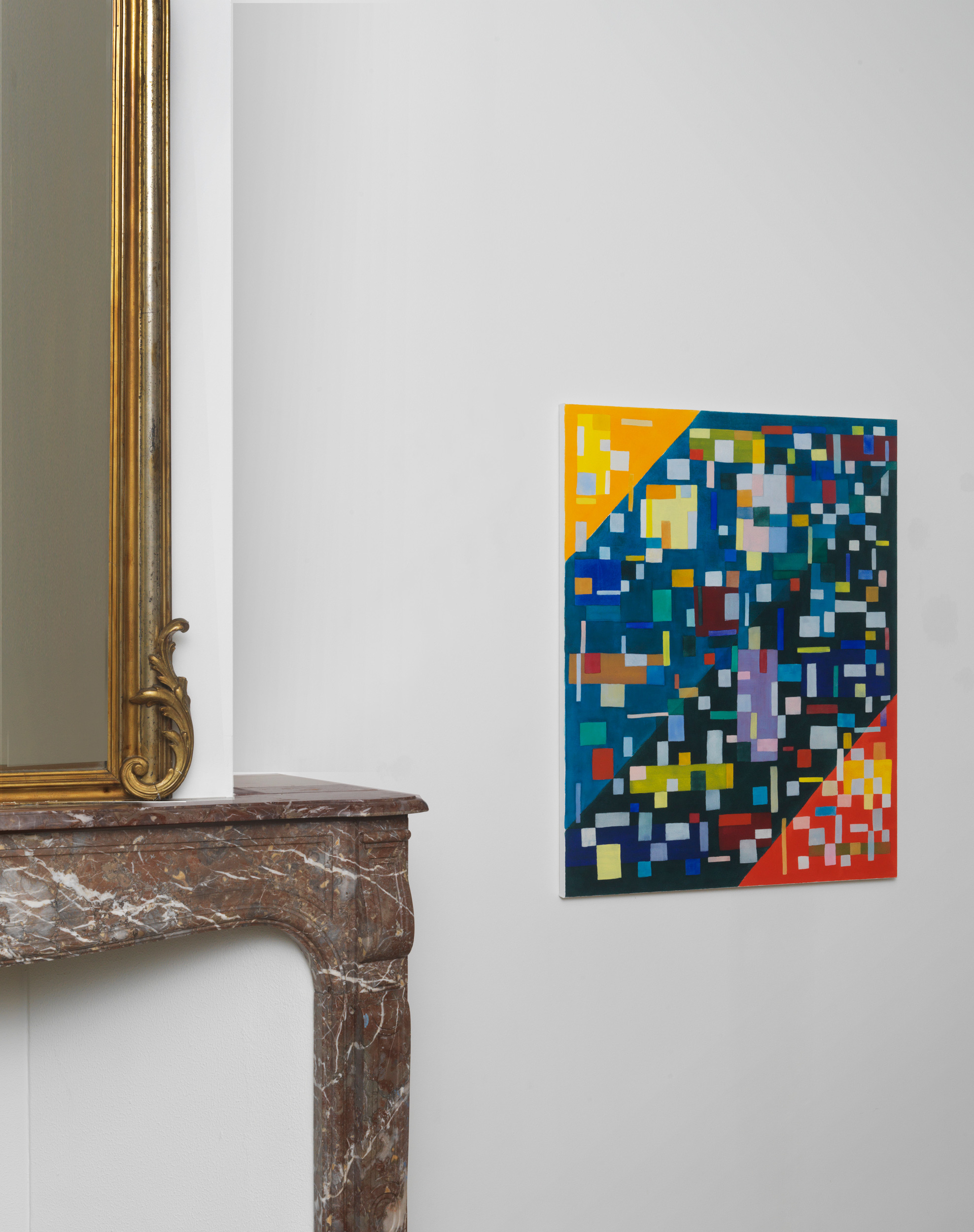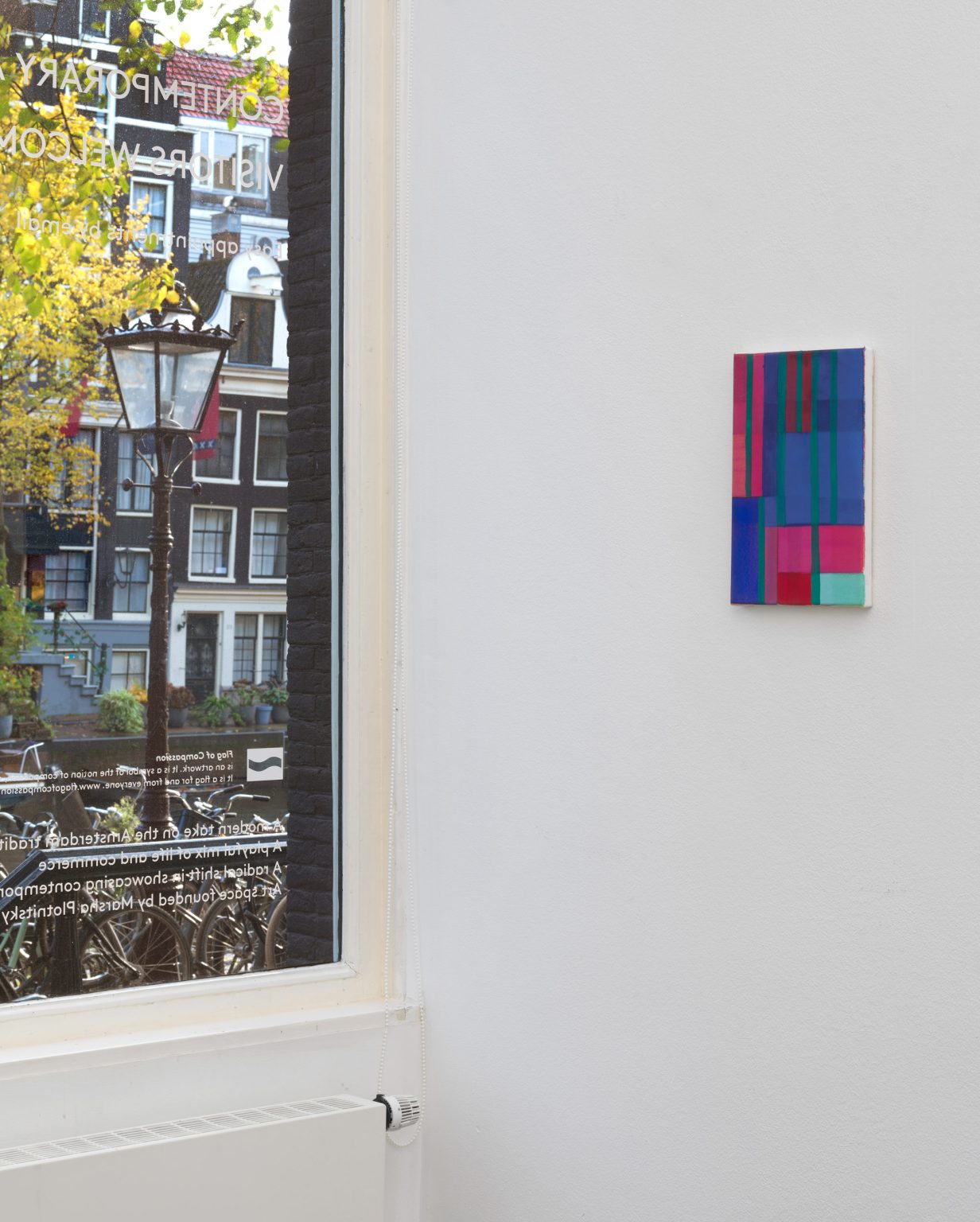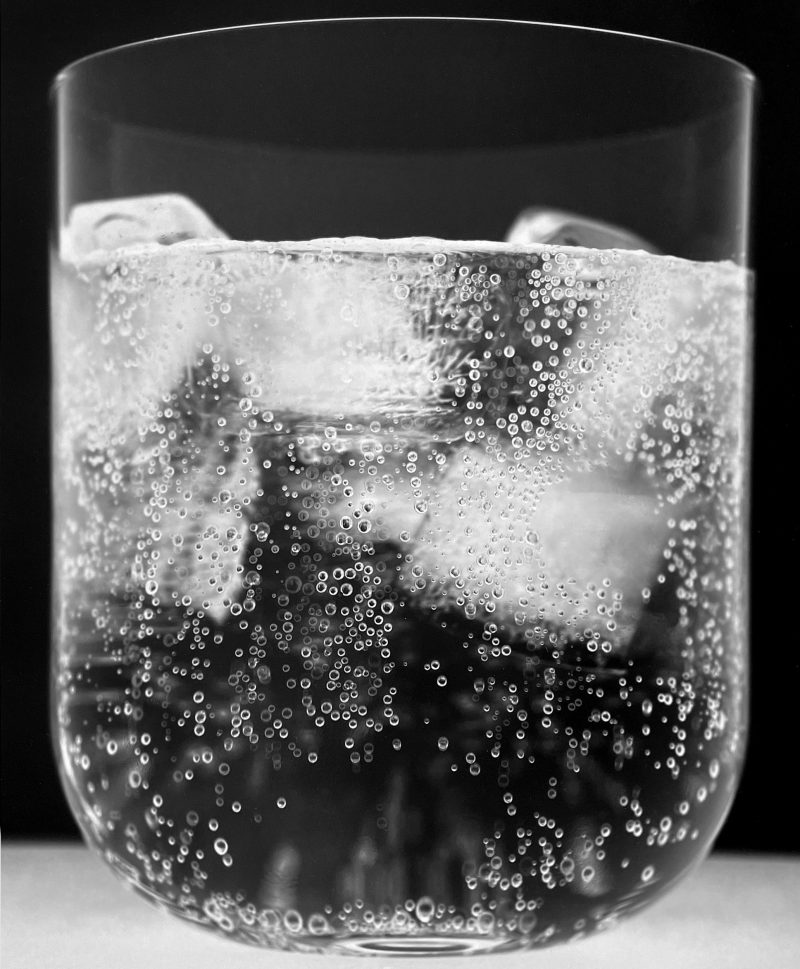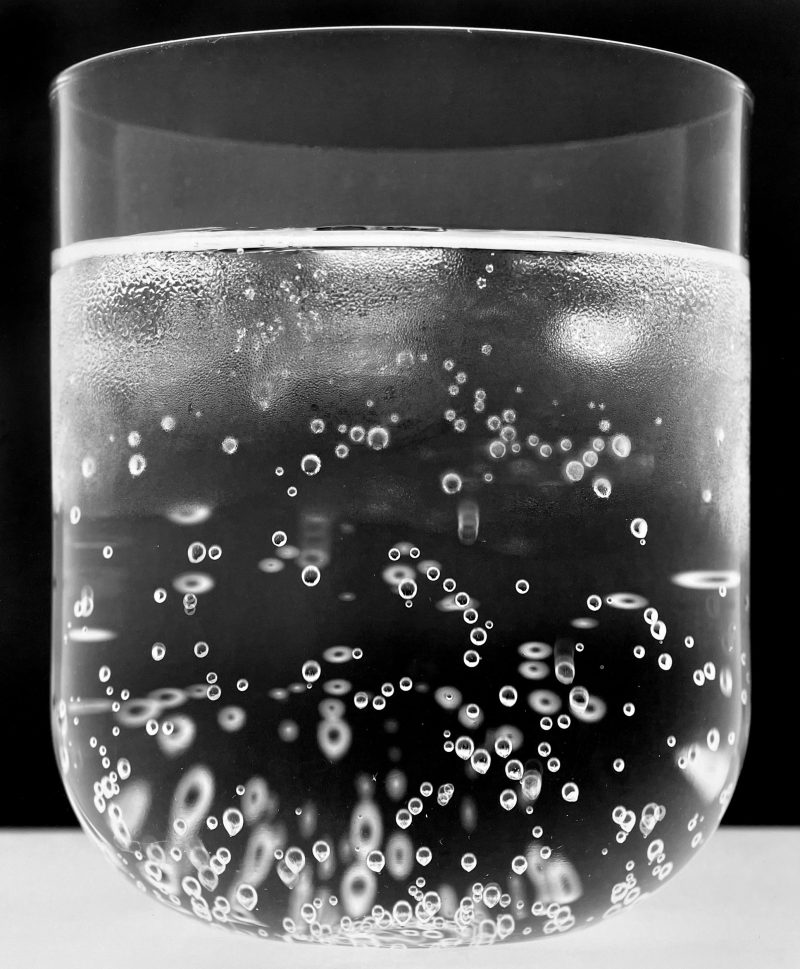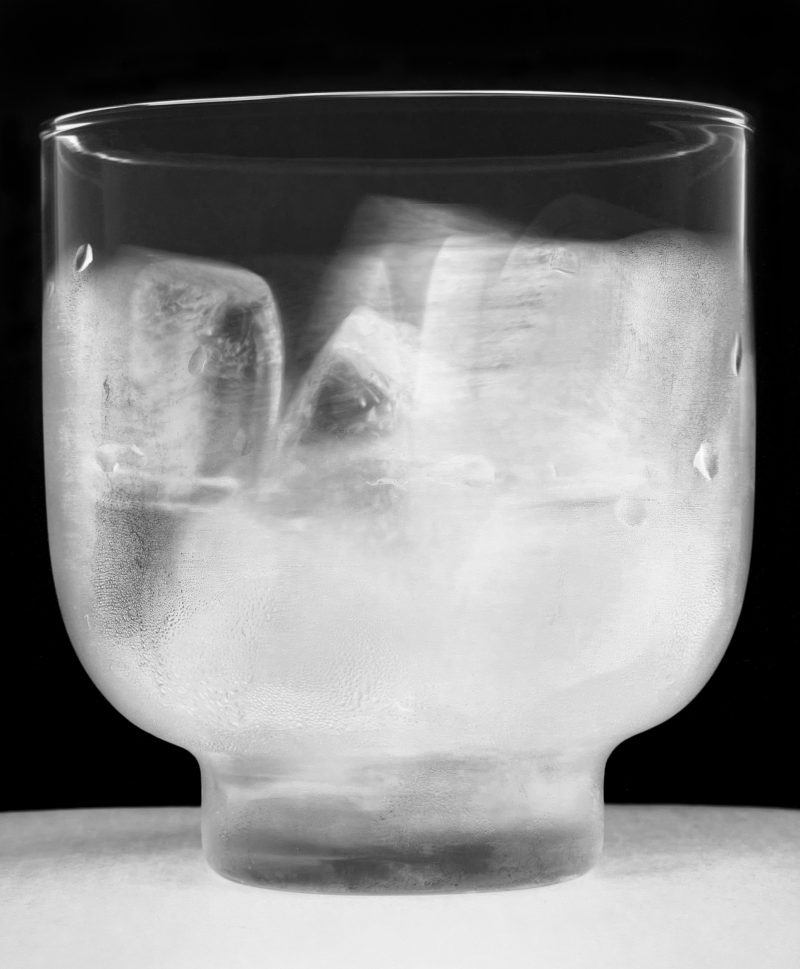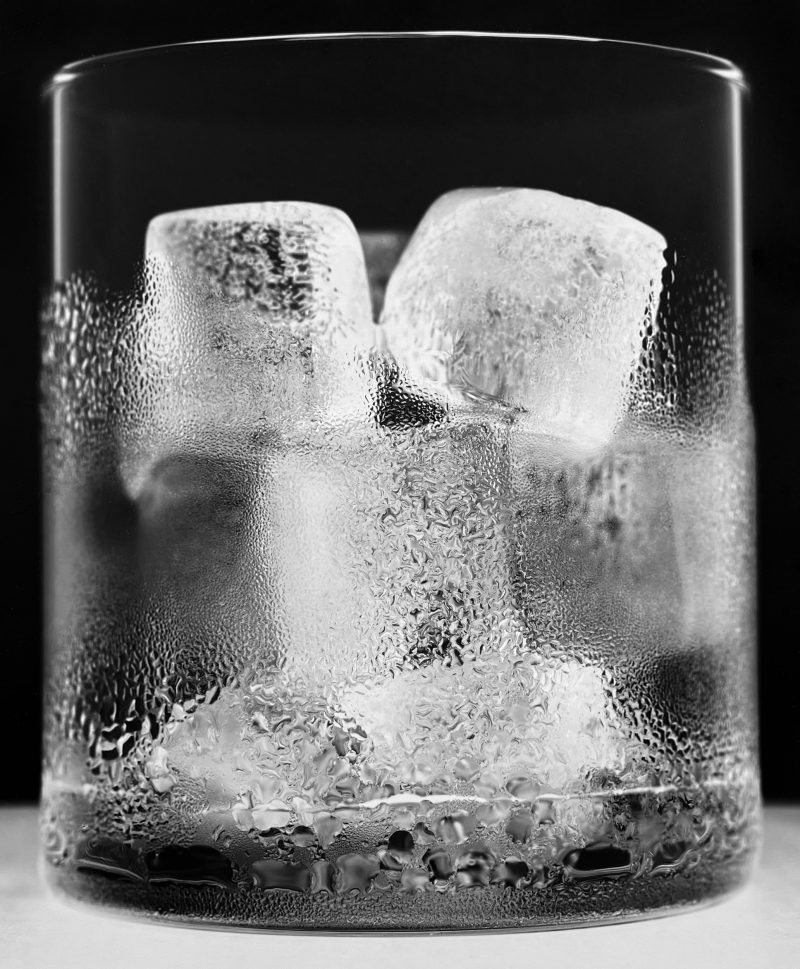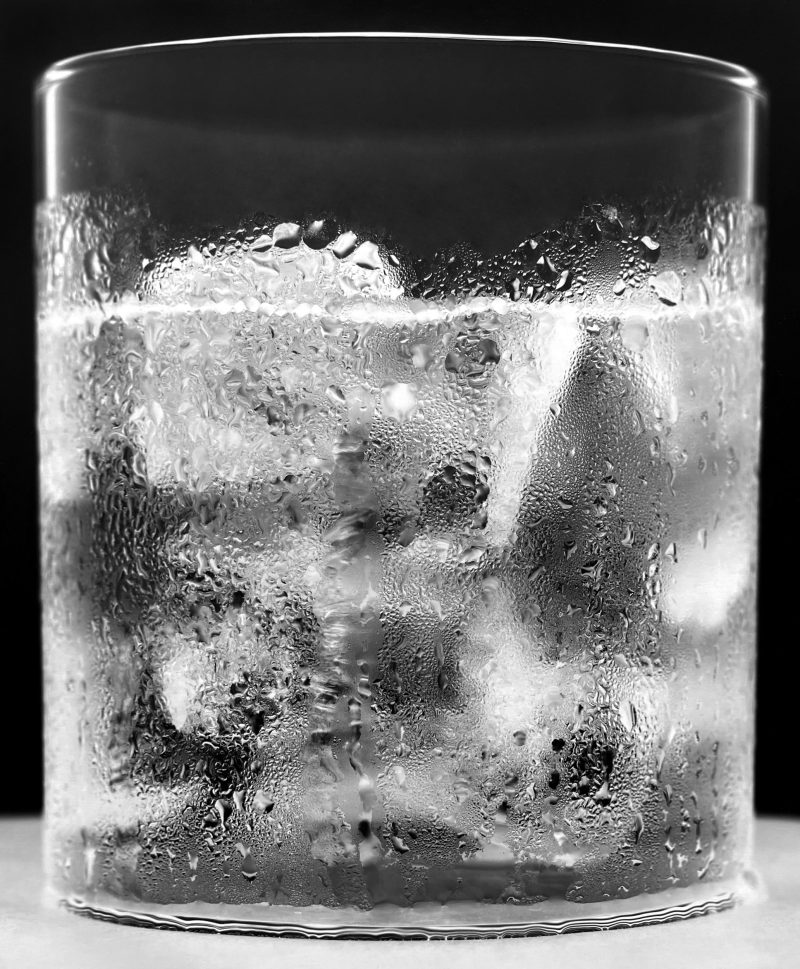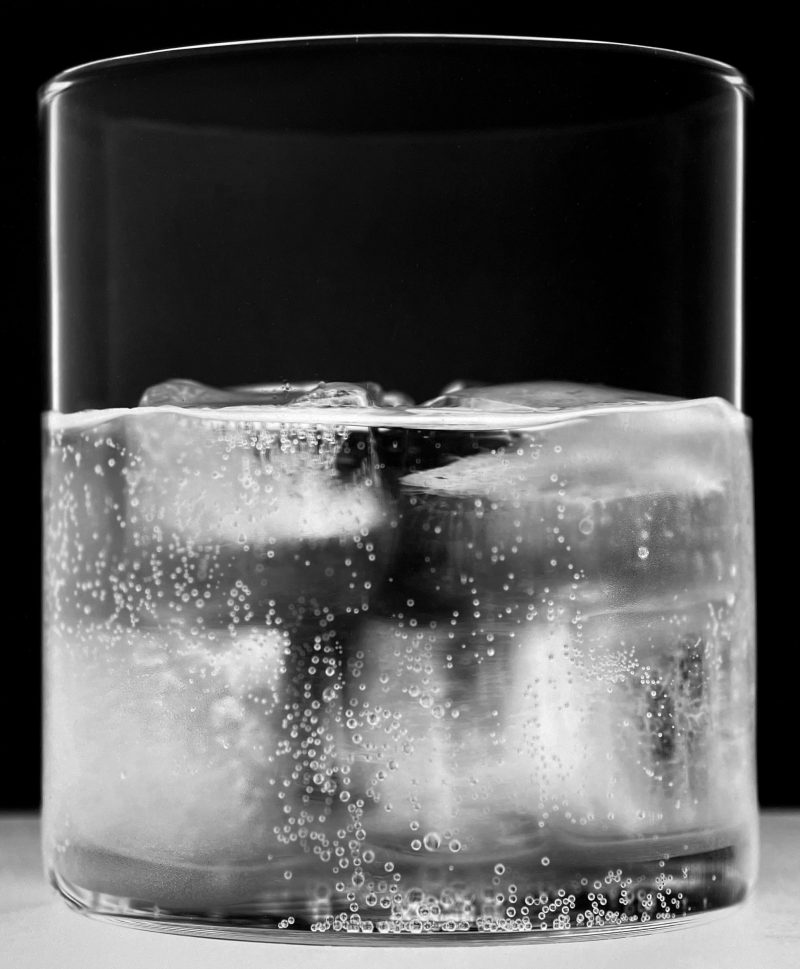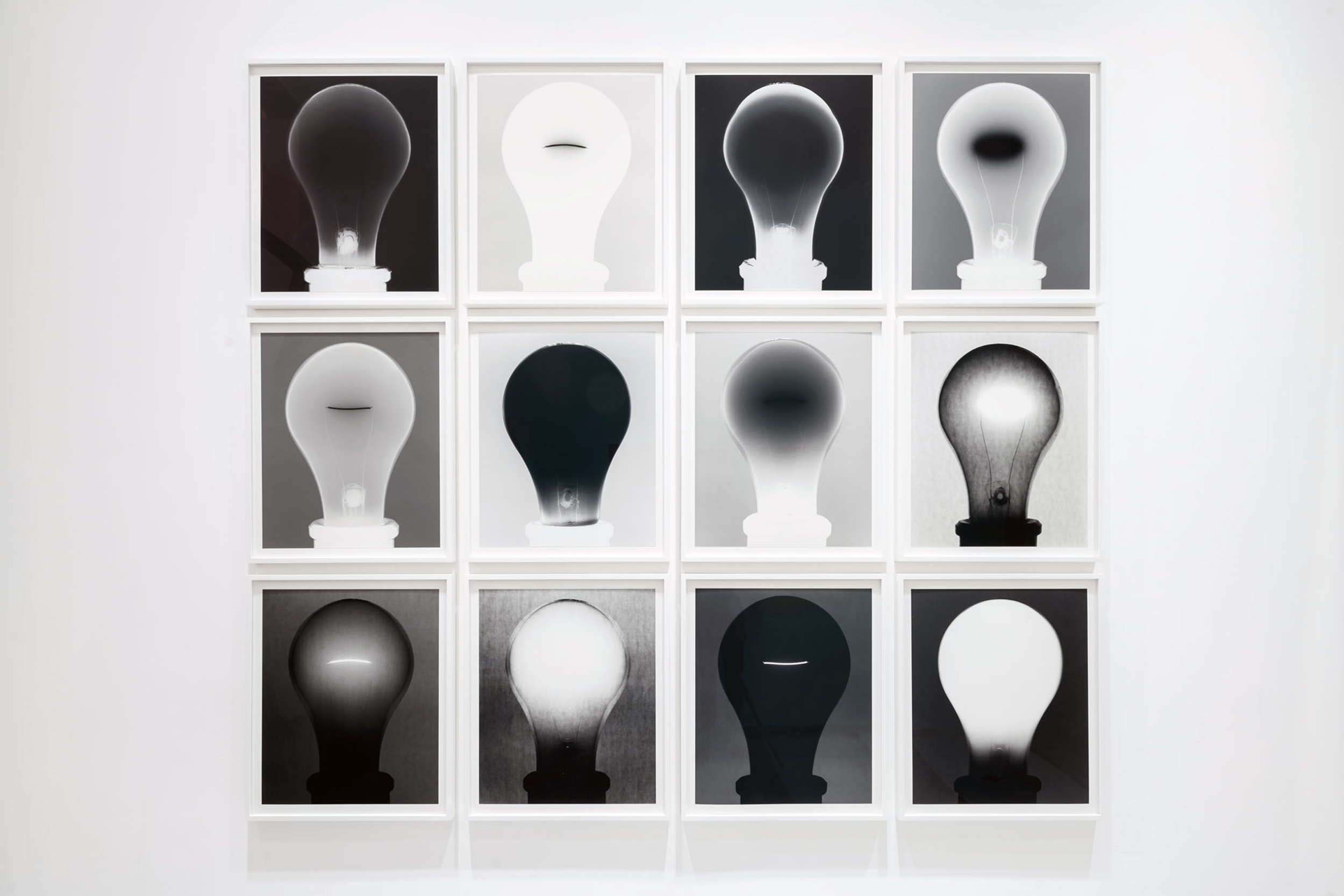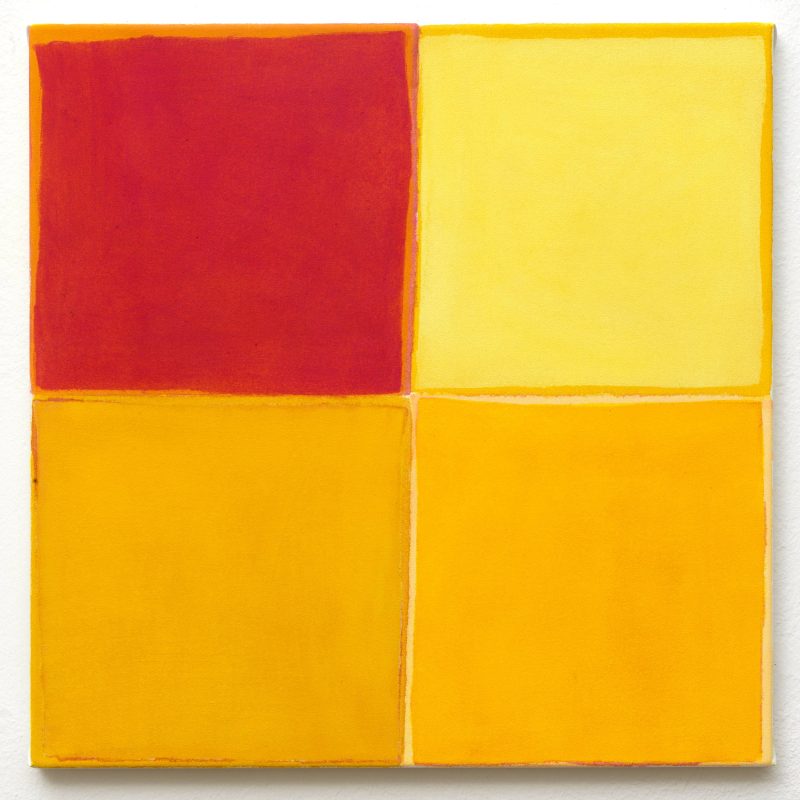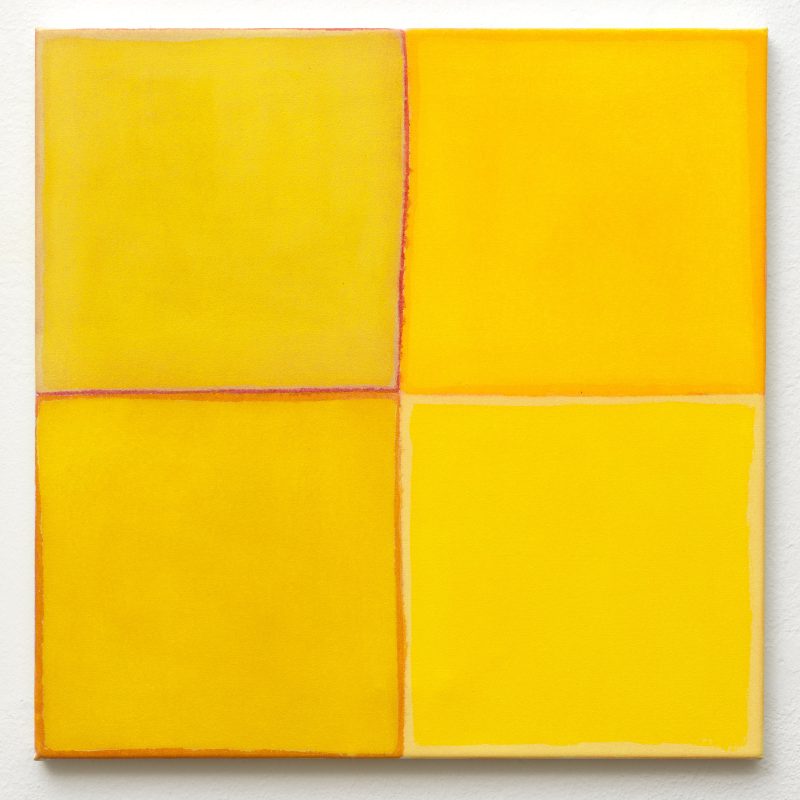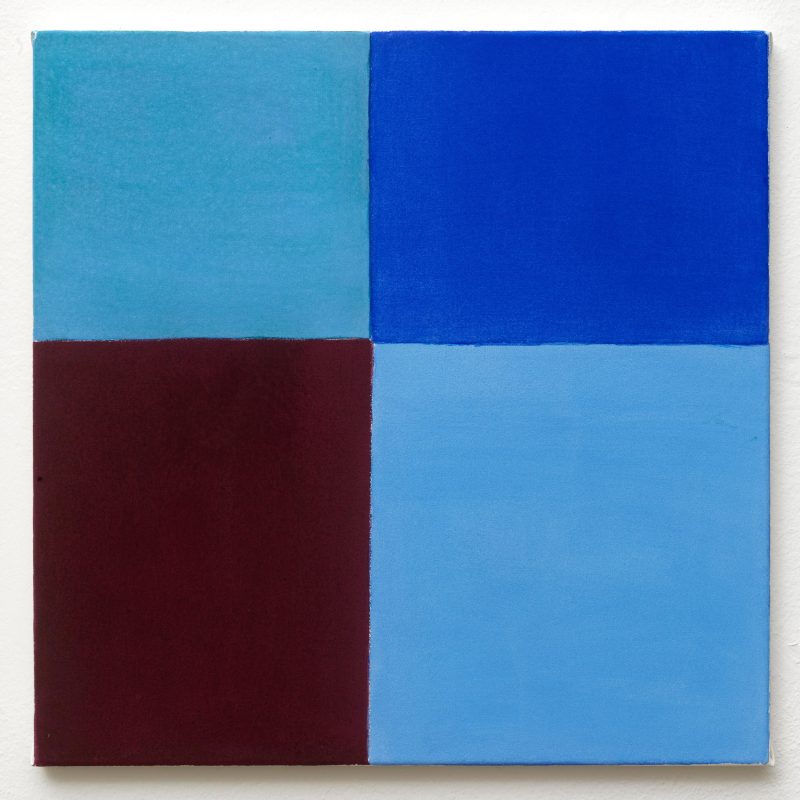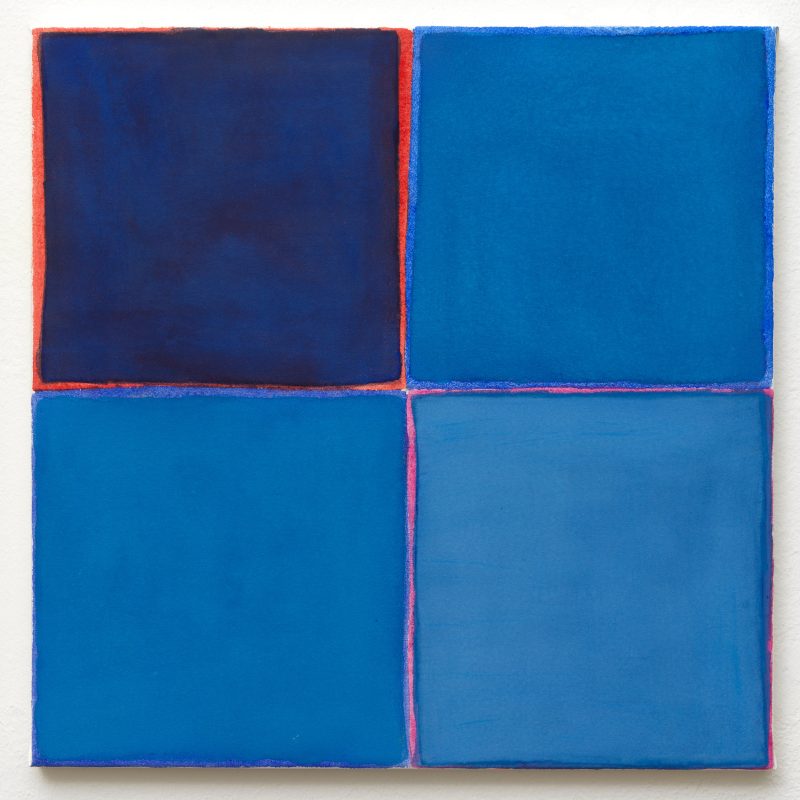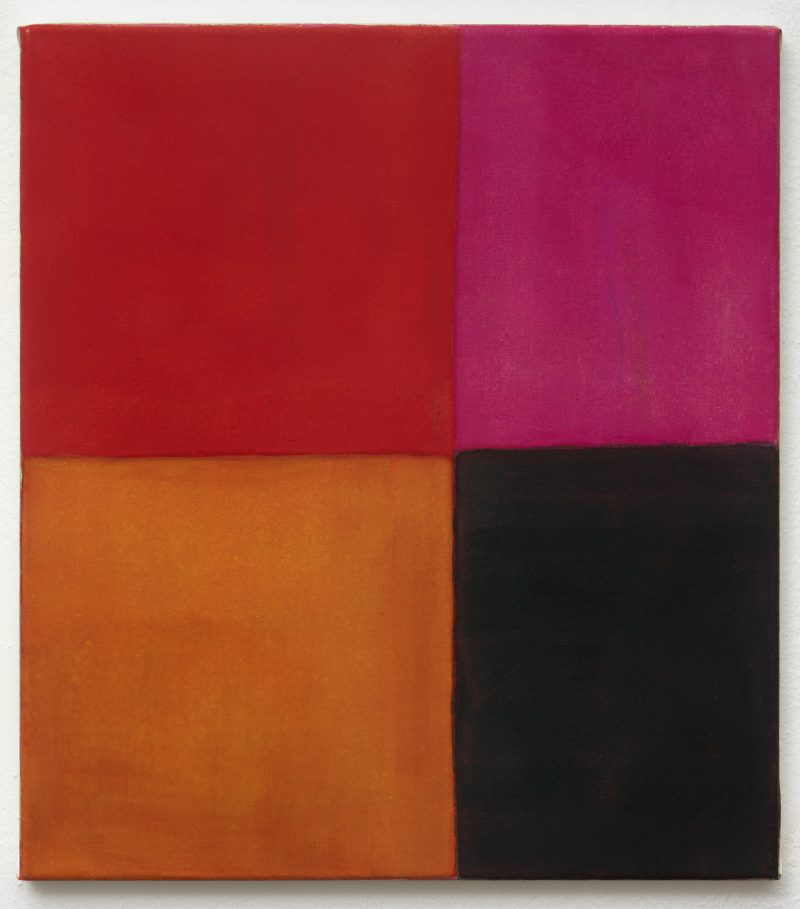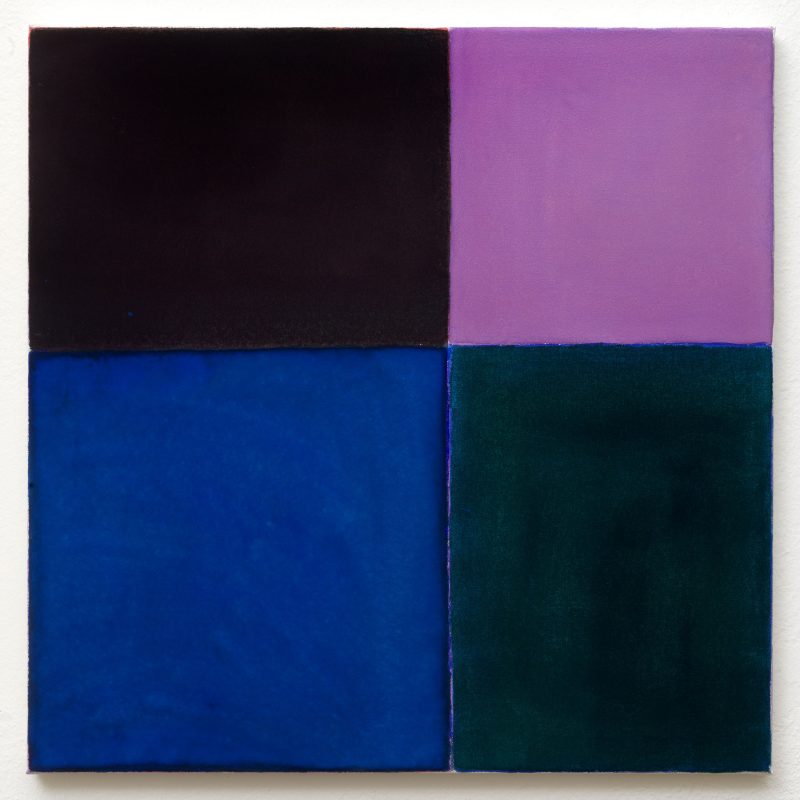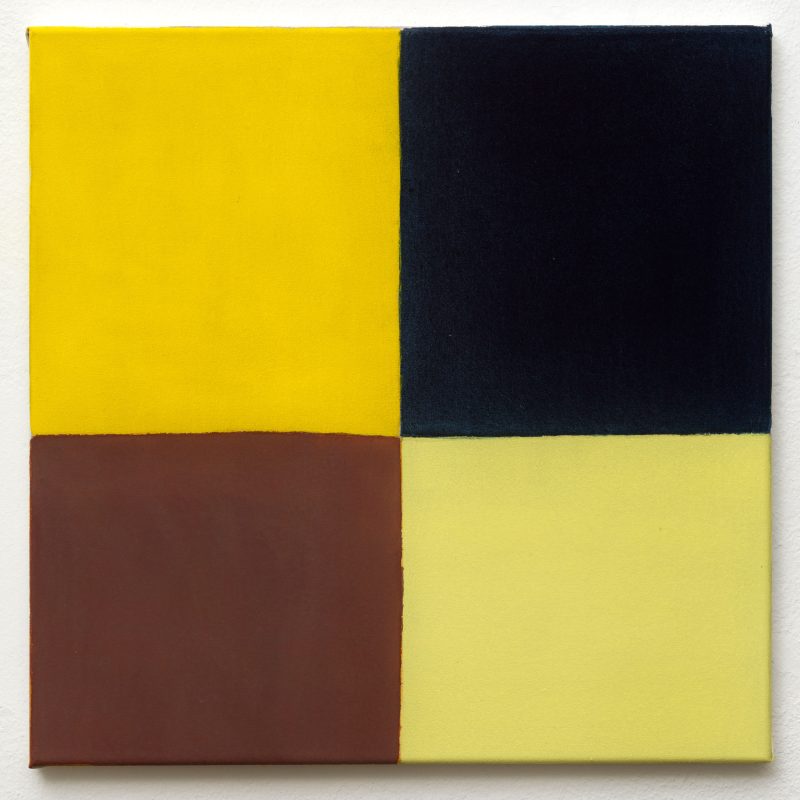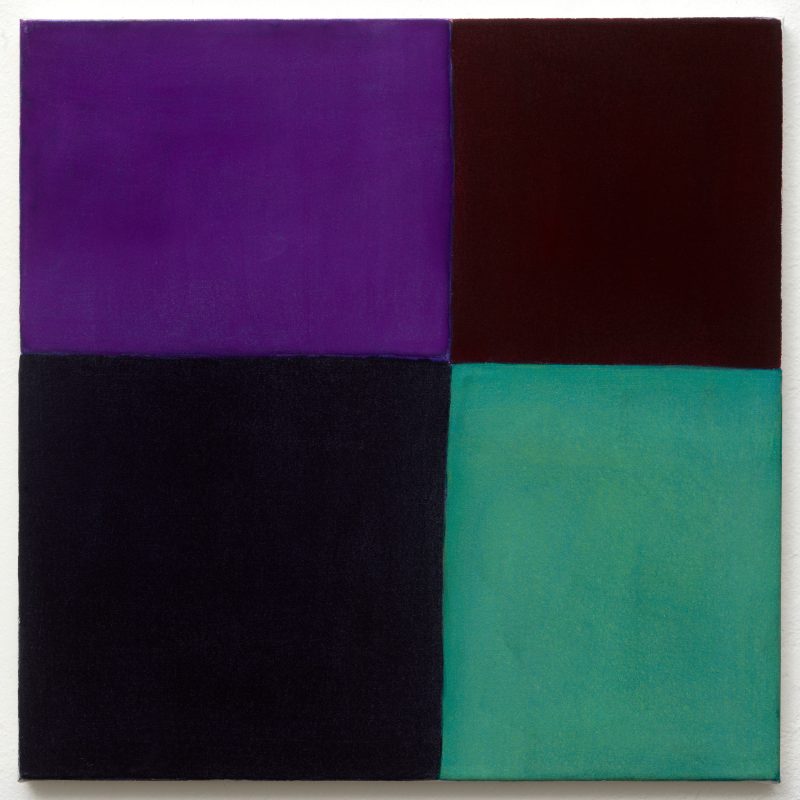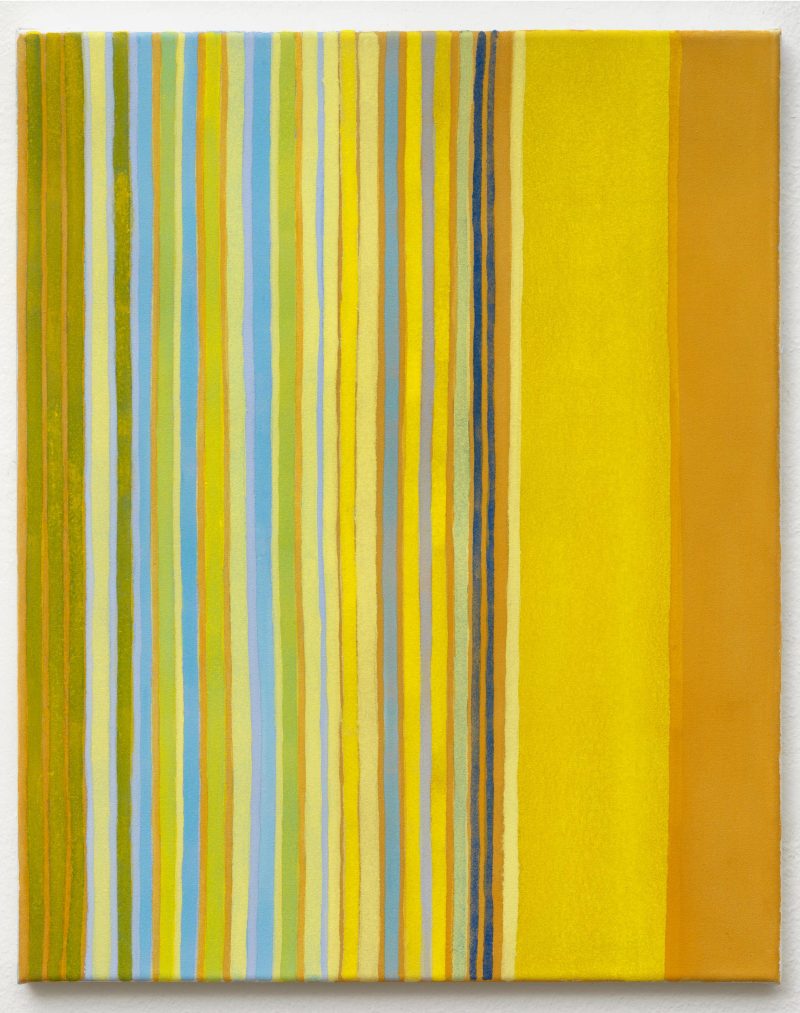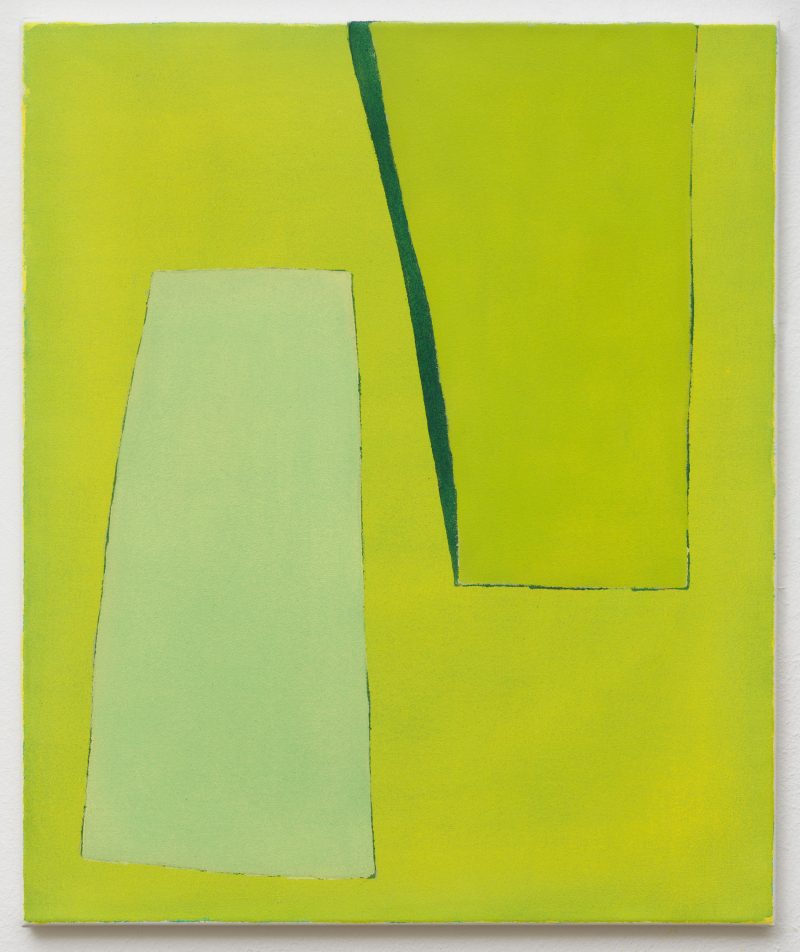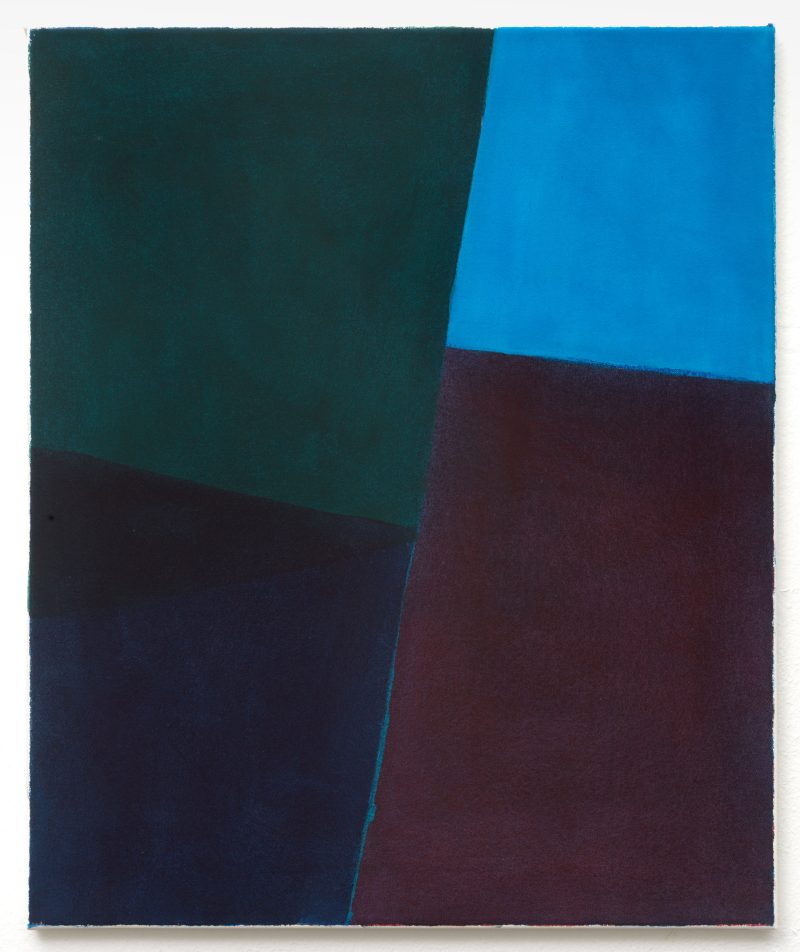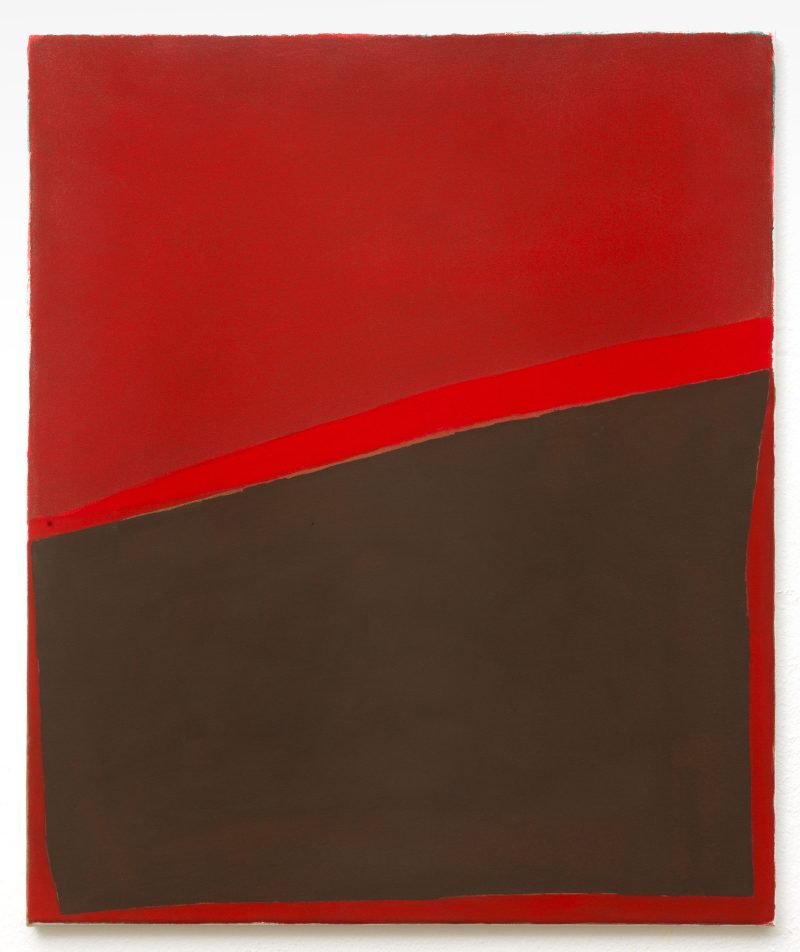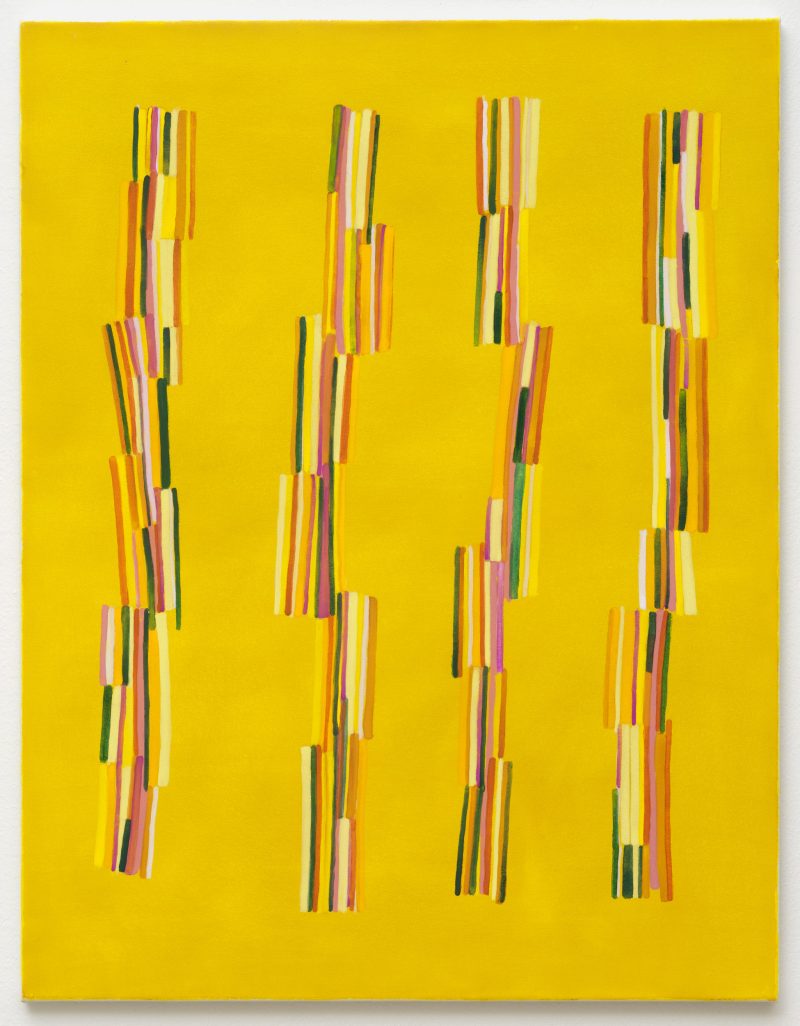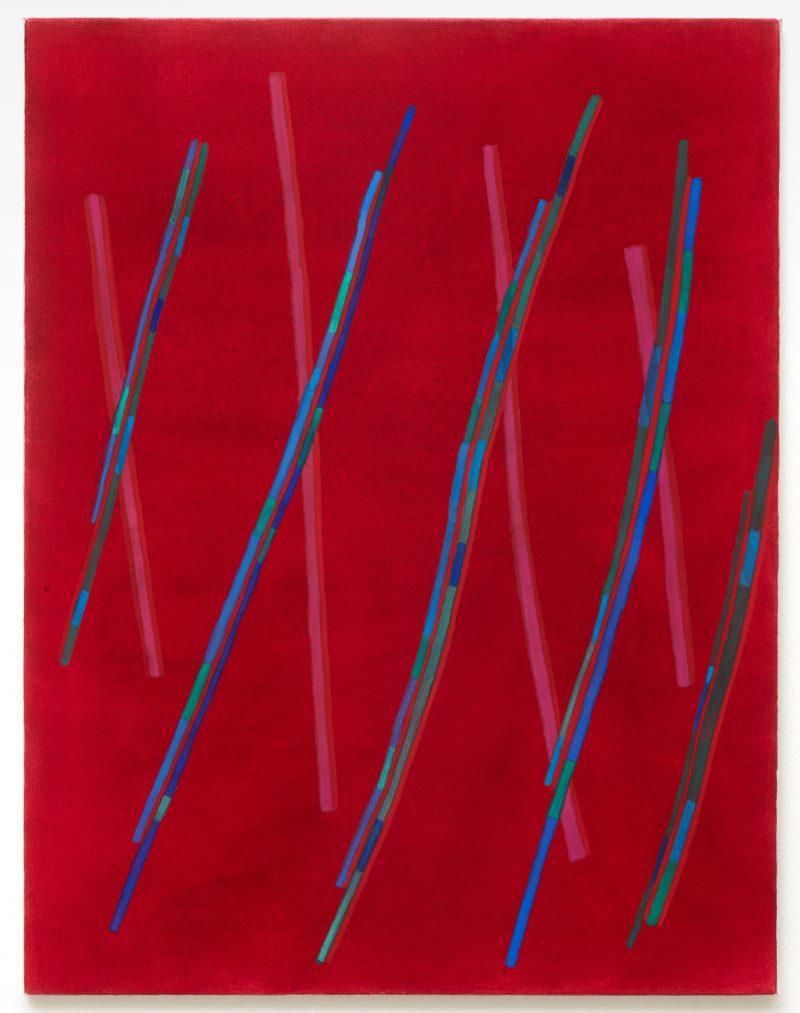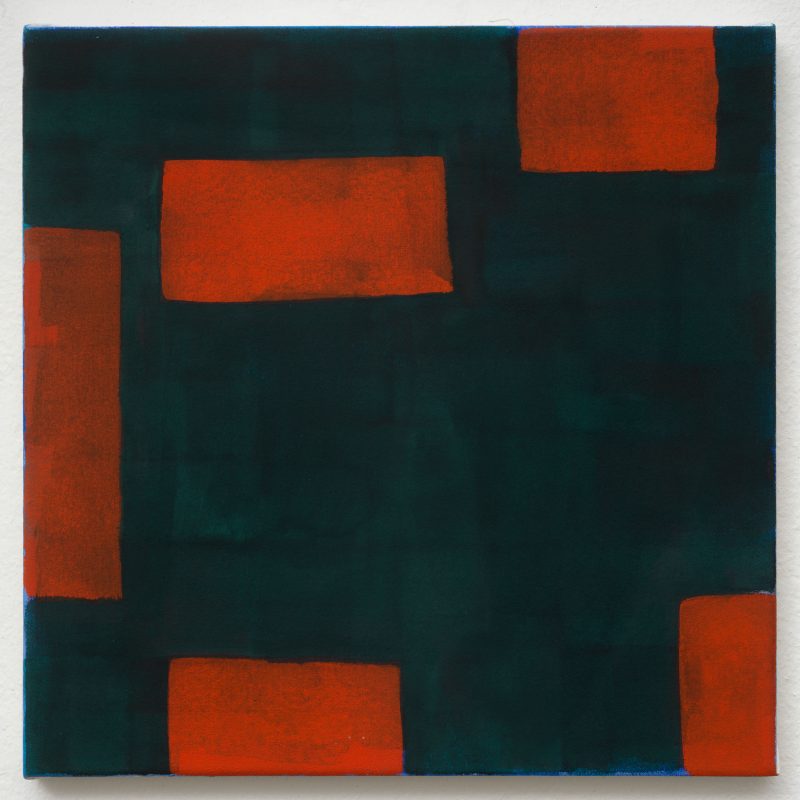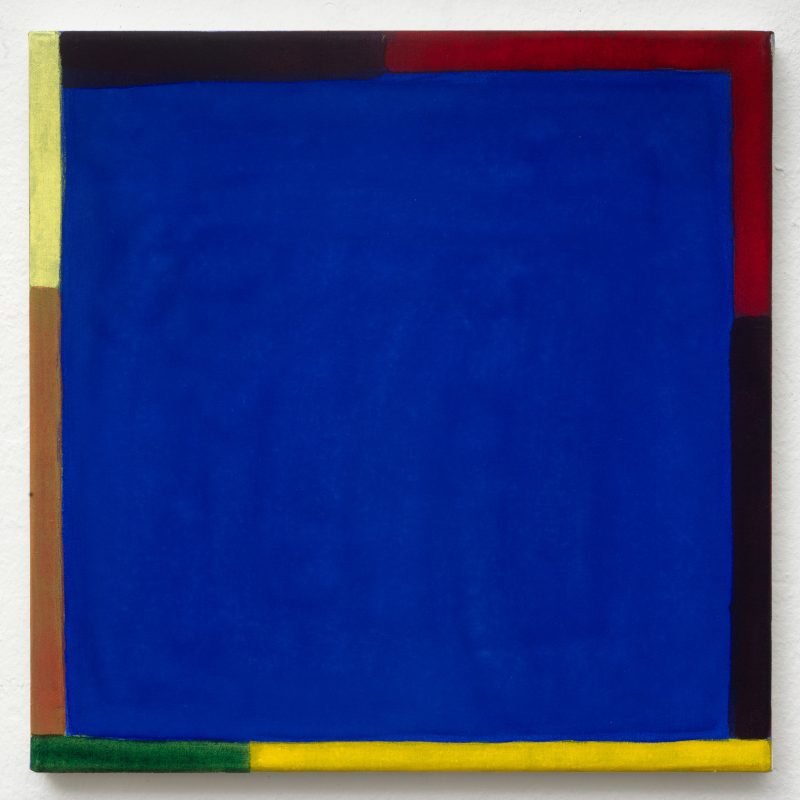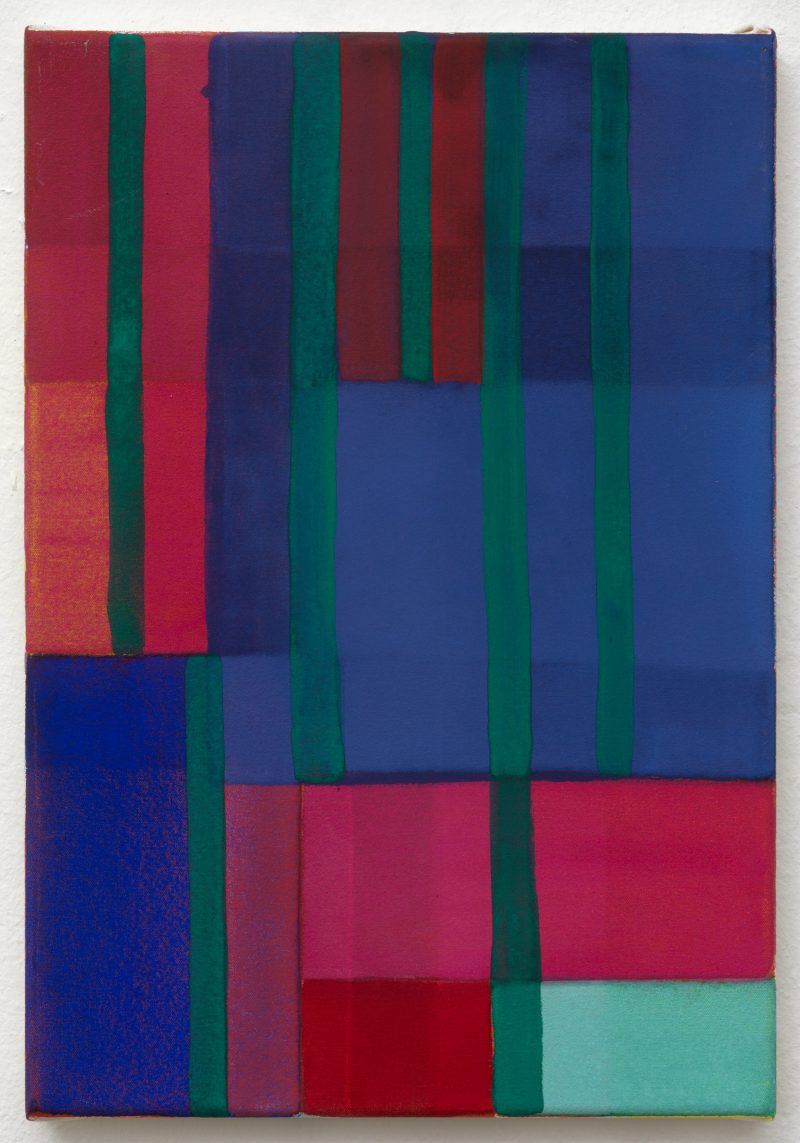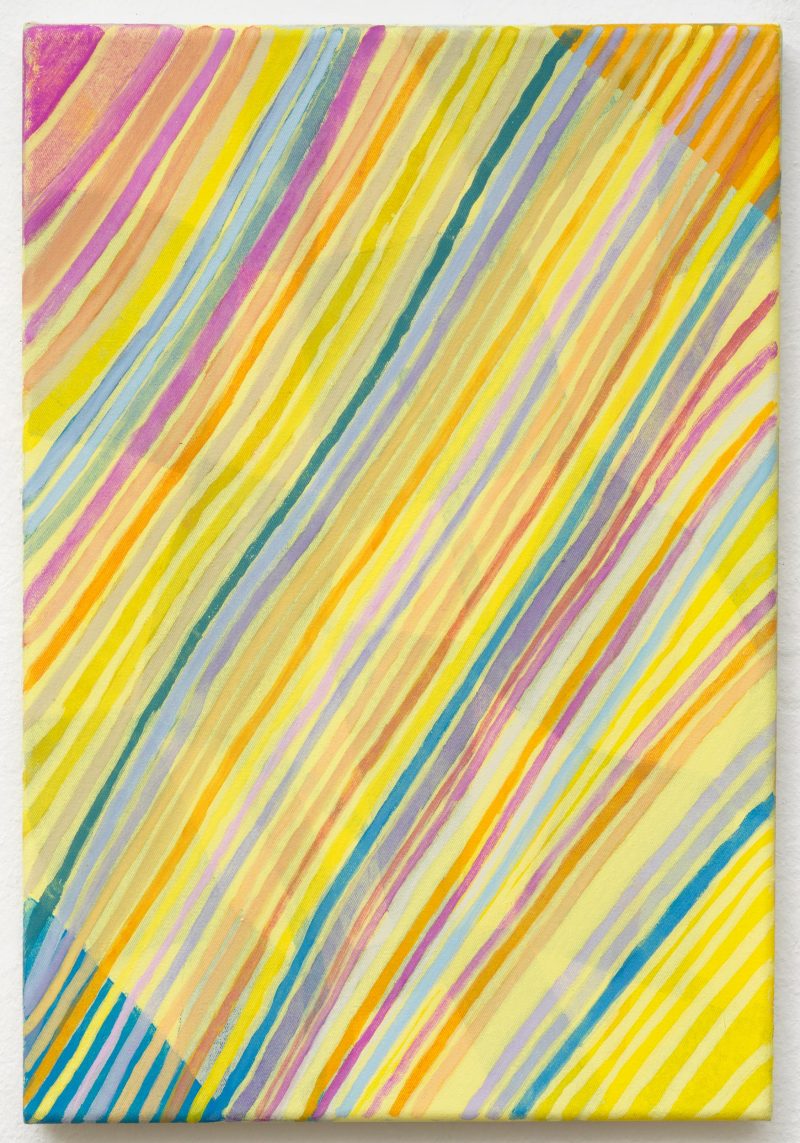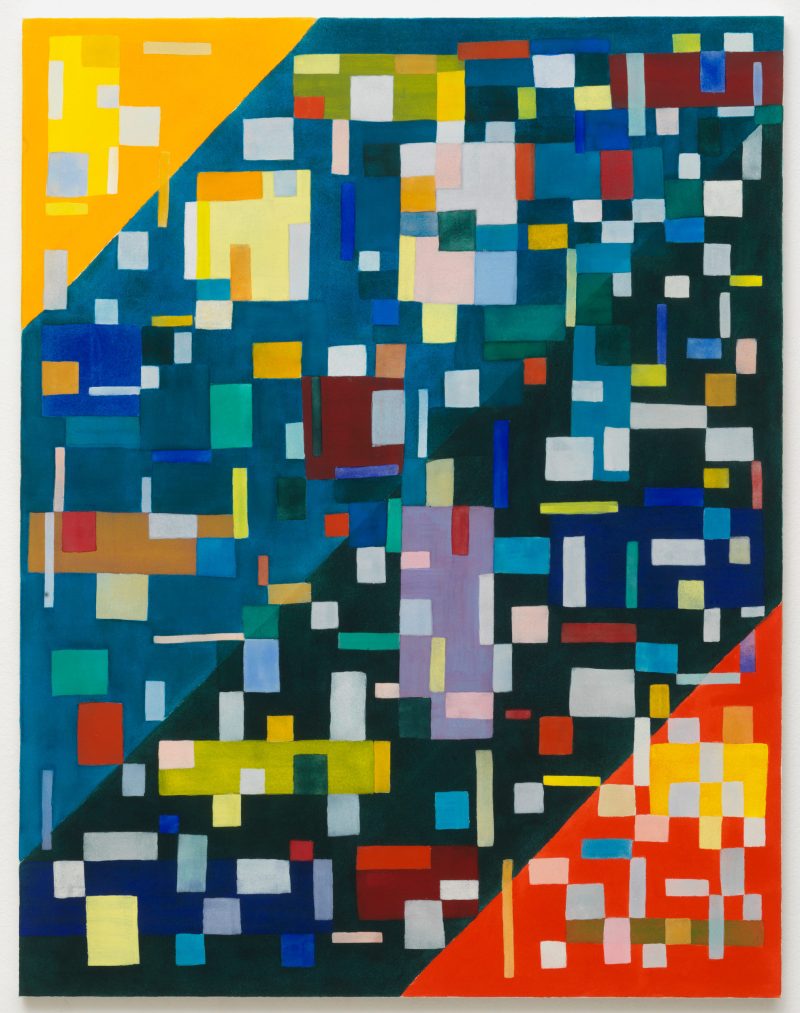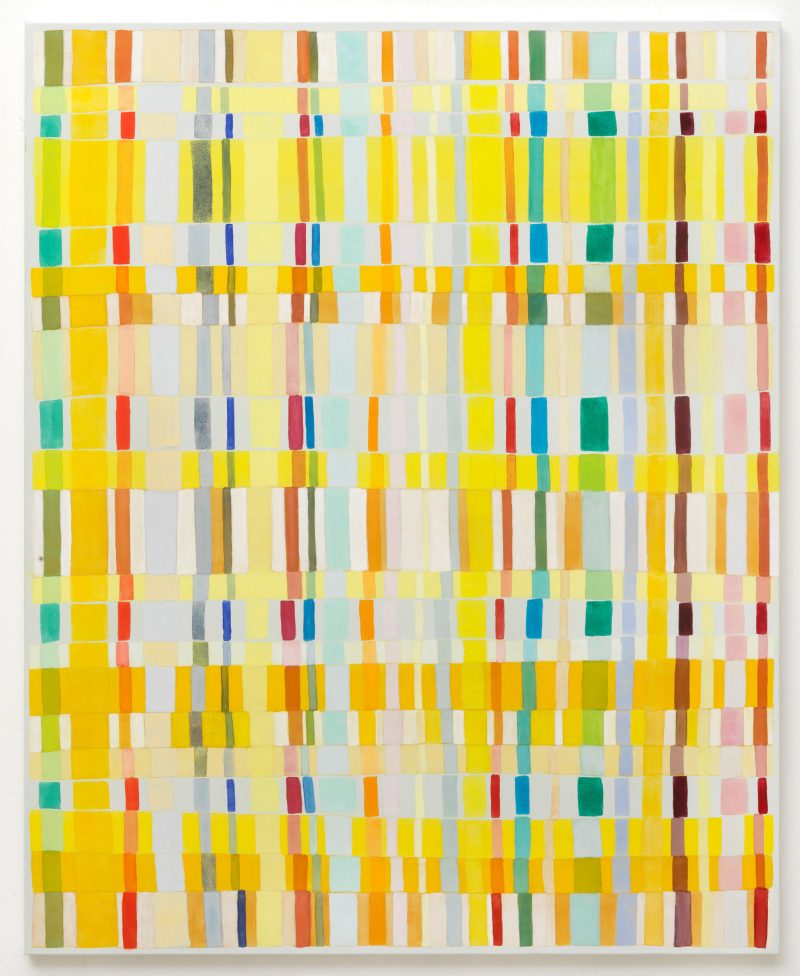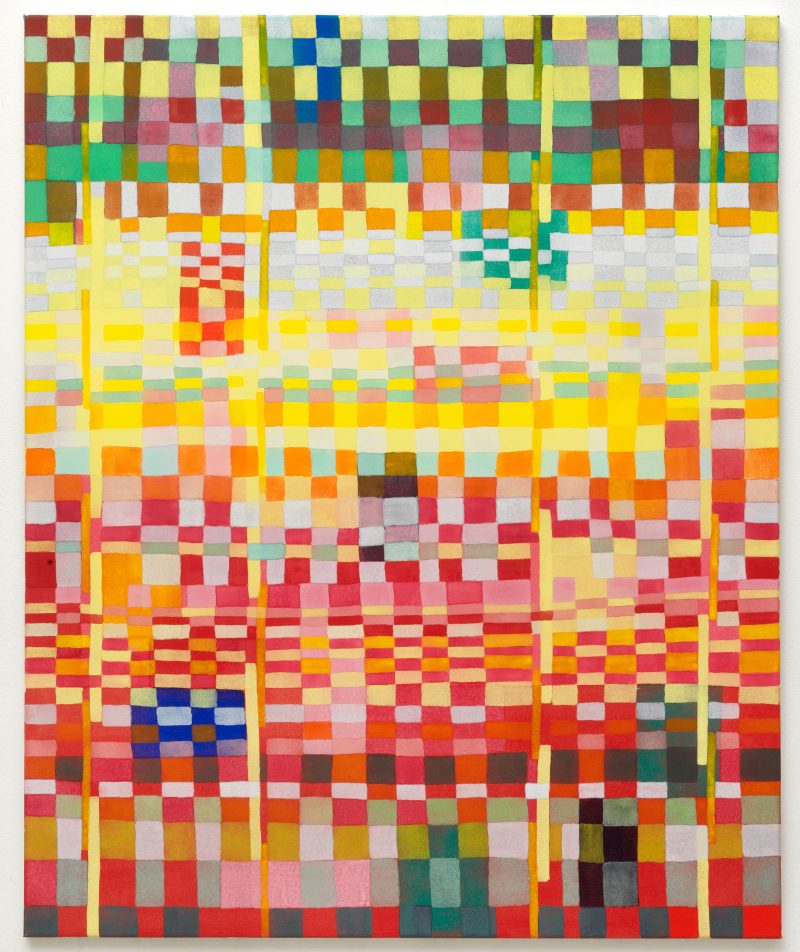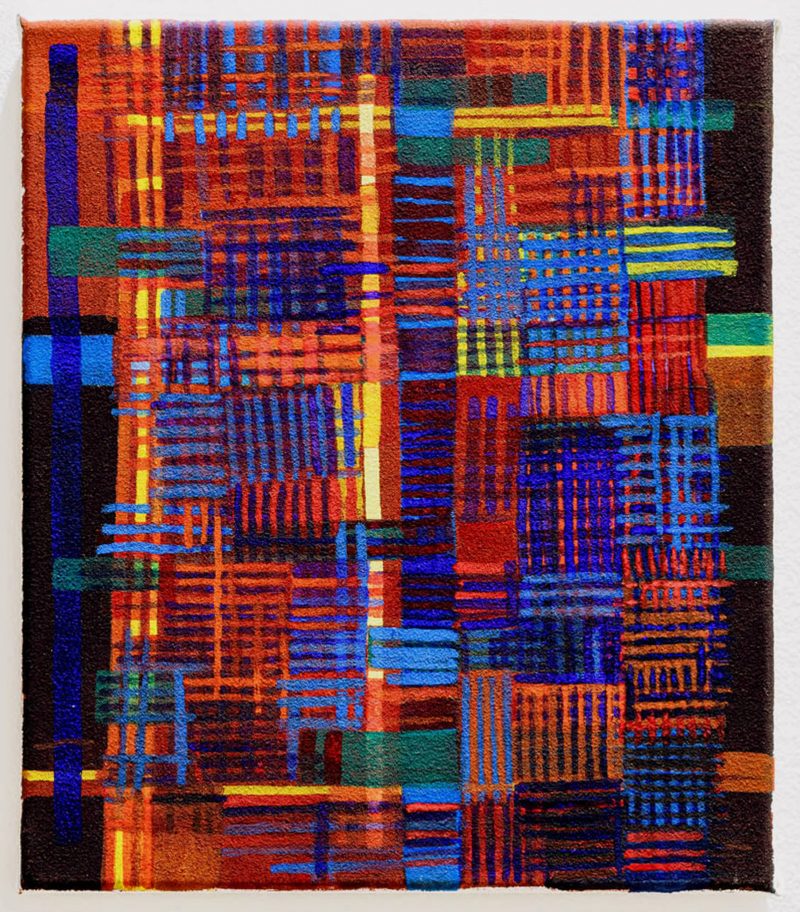AMANDA MEANS &
BEPPIE GIELKENS
Light in Its Own Language
3 Nov 2023 – 1 Mar 2024
Light in Its Own Language presents AMANDA MEANS, a celebrated NY photographer, in her first show in Amsterdam and BEPPIE GIELKENS, a Dutch painter, with her prescient recent works. Both take on light as their subject matter and offer a new articulation of how it functions in art, what it can mean for art, and what art can convey by capturing light.
Amanda Means is known for her black-and-white gelatin silver prints of palpable materiality. Capturing luminosity by her masterful light projections (physically shining light on the development paper), matched by the quality of her printing technique, her work series give a photographic identity to light in its relation to non-light. With the reversal of the light and dark of the image, her exquisite prints shift our attention to what is out of sight. This is especially captivating in her series of everyday objects, such as the lightbulbs and water glasses with bubbles and ice on view at TMH.
Beppie Gielkens traveled from the Dutch north as far as Egypt to find the darkest night sky and the most intense, fiery sensation of color by day. These types of colors defined the enigmatic figures of her earlier work that captures the splendor of ancient artifacts and their repercussions in ordinary objects. As she removes figuration in her recent paintings, her colors retain this pictorial order but end up more finely elaborated. Captured in repeated oblique lines and forms, they become dynamic and life-like. No less than the photo prints of Means, Gielkens’s paintings at TMH surprise by their emotive content and suggestions of associative imagery.
The work of Means is essentially photomechanical and that of Gielkens hand-painted. But contrary to endorsing these established classifications, the joint exhibition brings out a different insight: in the practice of both, there is an important emphasis on the role of light in relation to seriality as an artistic strategy. Instead of deriding redundancy or overabundance, which motivated Pop Art, or extolling uniqueness, which defined Expressionist fine art, Means and Gielkens use repeated forms to accentuate small differences in appearance. They draw attention to an irrevocable part of the ordinary in the special and the treasured, and trace what might otherwise perish. By capturing the magic effect of light in the poetic effect of their art, Gielkens and Means say something poignant and timely: their celebration of light becomes a reflection on the ways of, and a reminder of the need for, remembering and safeguarding.
—Marsha Plotnitsky
AMANDA MEANS
ONE BULB
BEPPIE GIELKENS
BIOGRAPHIES
Amanda Means (1945, US) is a graduate of Cornell University and SUNY Buffalo, and is a 2017 Guggenheim Fellow, awarded for her contribution to contemporary photography. She has exhibited widely and her work is included in numerous collections, including the Whitney Museum of American Art; the San Francisco Museum of Modern Art; the Cleveland Museum of Art; the Los Angeles County Museum of Art; the Museum of Fine Arts in Boston; and the MIT List Visual Arts Center. She is a master black-and-white printer, having printed professionally for Robert Mapplethorpe, Roni Horn, Francesca Woodman and Petah Coyne, among others. She has written for Bomb Magazine and is the Trustee of the John Coplans Trust. After living in NYC for 35 years, she moved to Beacon (NY) in 2007.
Beppie Gielkens (1942, NL) had the first solo show of her paintings in Maastricht in 1971 soon after graduating from the Jan van Eyck Academie. Unprecedented for a young Western woman in the 1980s, she received artistic acclaim in Egypt, with solo shows at the Fine Arts Gallery / Cairo Opera House in 1989 and the Mashrabia Gallery in 1994. She continued to have regular solo exhibitions with Dutch galleries and be included in museum shows with the Fries Museum, Leeuwarden, and Museum Belvédère, Heerenveen. Already in the late 1980s, art writer Huub Mous defined her work as an “intuitive urge to rearrange and order, in a new connection.” In 1979, Gielkens and her husband, the artist André de Jong, moved to Friesland, where they established independent studios.
